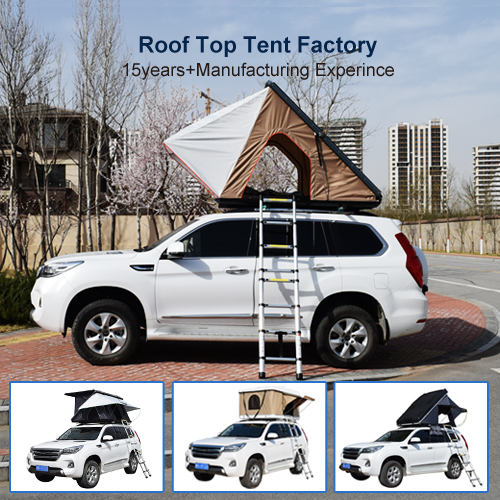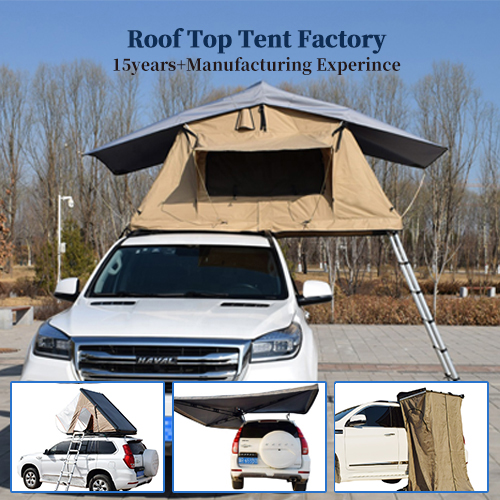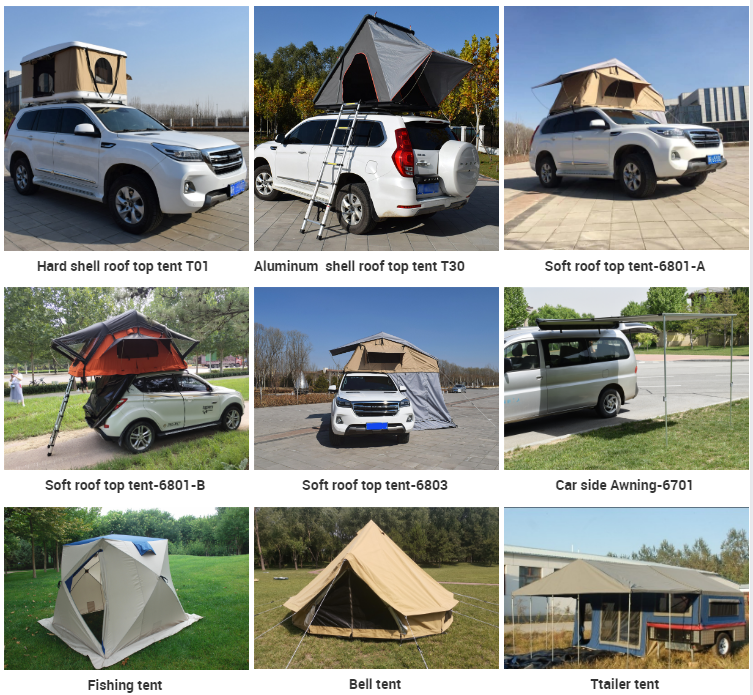Rooftop tents are a great way for 4WD experts to improve the ease of setting up a campsite. They have many advantages over traditional tents and camping trailers tent and are far more comfortable than hammocks. Easy assembly and disassembly make the camping experience easier, as anyone who has struggled with tent lanyards in strong night winds and monsoon rain can attest. Not to mention how wonderful it is to sleep away from dust and dreadful bugs.
1 But how do they cope as a travel option when you’re driving on endless asphalt and sand? They are said to improve the vehicle’s center of gravity, but how does this affect actual driving performance? Will vehicle roll increase substantially? Will high-speed driving change? What is the effect on fuel economy? Are they cost effective?
Colleagues drove pre-planned trips to get some empirical evidence of fuel economy and pitched tents on rooftops to test the vehicle’s physics. We also plan to get input from off-road experts with typical off-road travel experience to see if rooftop tents really make a difference on off-road routes.
2 The 150-kilometer test track includes high-speed sections, washboard roads and twisty roads. We also tested some sections with potholes and smooth black mud. This allowed us to fully test the car’s cornering ability, braking characteristics and vibration noise levels and gain some intuition. Then we got back to the car and set up the roof tent.

3 Back at home, we were curious about how much weight we put on the roof, so we weighed it with a reliable scale. The weight of the Arcadia Outdoor Rooftop Tent is 60kg.
4 Next, we put the roof tent on the car (definitely a job for two people), fueled up, zeroed the odometer, and ran the exact same test as before. Despite the changes to the car’s center of gravity and wind resistance, the car still handles surprisingly well. The difference in acceleration is largely negligible, mainly due to the powerful supercharged engine, but even a normal vehicle hardly notices the extra 60kg on the roof, which is just the weight of two full oil drums.
5 morning low to medium speed and scooter driving, experiments report no verifiable differences. After leaving the suburbs, we spotted a twisty asphalt road and noticed an estimated 10 percent increase in body roll. It’s not dangerous enough, and just requires some simple driving style tweaks, mostly in corners, to counteract some relatively subtle changes in the car’s character. Slowing down the startup a little and continuing to accelerate after a few seconds allowed us to find that the time loss for acceleration was very small.
6 Because of the roof tent, the speed was reduced by about 10km/h, and it went through several hairpin bends. We crossed the river and took a dirt road. Throughout the test, the tent’s wind noise was minimized due to the tent’s covering, nothing particularly noticeable.
Check tent covers and nails regularly during your trip. Banding is a good habit, it can detect and eliminate some potential dangers in time.
7 The roof tent has little effect on the brakes. The added weight of the roof can be easily controlled during hard braking. In our impromptu braking test, the difference in stopping distance was very insignificant, as we made a guess based on the coefficient of friction.

It’s important to remember that the braking force comes from the entire vehicle. If your vehicle has a heavier load, the braking distance will of course be longer, which is something to keep in mind. The tent itself doesn’t matter, but the camping gear, your family, can lids and hundreds of kilos of gear, that’s another story. Likewise, older cars with drum brakes and outdated pads will once again extend their stopping distances.
When you raise the vehicle and install the roof equipment, the car’s already large front surface area becomes larger. This surface is perpendicular to the gas the vehicle has to pass through, and as resistance increases, more force is required to overcome it to move the vehicle forward.
As you move forward, increase the response to headwind, higher speed and air resistance, and the total resistance is greater. When more engine power is required to propel the vehicle forward, as a basic rule, more power consumes more fuel.
Arcadia Camp & Outdoor Products Co., Ltd. is one of the leading outdoor product manufacturers with 20 years’ experience in the field, specializing in designing, manufacturing and selling products covering trailer tents ,roof top tents ,camping tents, shower tents ,backpacks, sleeping bags, mats and hammock series.
Post time: Aug-05-2022

